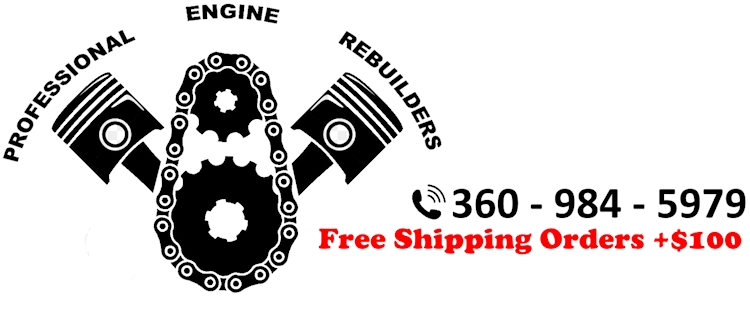One of the most important components of your engine is the crankshaft. It is responsible for converting the up-and-down motion of the pistons into rotational motion that drives the wheels of a vehicle.
Over time, the crankshaft can become worn or damaged, which can lead to decreased performance and even engine failure. In such cases, remanufacturing the crankshaft can be a cost-effective solution. In this blog post, we will discuss how a crankshaft is remanufactured.
Step 1: Inspection and Cleaning
The first step in remanufacturing a crankshaft is to inspect it for damage or wear. The crankshaft is carefully cleaned to remove any dirt or debris that may be present. Then, it is inspected for cracks, bends, and other forms of damage. Any defects that are identified are carefully measured and recorded.
Step 2: Grinding and Polishing
The next step in the remanufacturing process is grinding and polishing. The crankshaft is placed on a special machine that uses a grinding wheel to remove a small amount of metal from the surface. This is done to restore the shape of the journals that support the bearings. After grinding, the crankshaft is polished to a smooth finish using a fine abrasive material. This process removes any remaining roughness and leaves a mirror-like finish.
Step 3: Heat Treatment and Shot Peening
After grinding and polishing, the crankshaft is subjected to a heat treatment process. This involves heating the crankshaft to a high temperature and then cooling it rapidly. The strength and durability of the crankshaft are improved in the heat treatment process.
Once the heat treatment process is complete, the crankshaft is shot-peened. This involves blasting the surface of the crankshaft with small metal particles. The shot-peening process helps to further strengthen the crankshaft by creating small indentations in the surface that help distribute stress more evenly.
Step 4: Finishing and Assembly
After shot-peening, the crankshaft is carefully inspected to ensure that it meets all specifications. Any remaining imperfections are corrected using additional grinding or polishing. Once the crankshaft has been thoroughly inspected and is deemed to be within specification, it is ready for assembly.
In conclusion, remanufacturing a crankshaft involves several steps: inspection, cleaning, grinding, polishing, heat treatment, shot peening, finishing, and assembly. Each of these steps is critical to ensuring that the crankshaft is restored to its original specifications and can function properly within the engine. By following these steps, remanufacturers can produce high-quality crankshafts that are reliable and durable.
